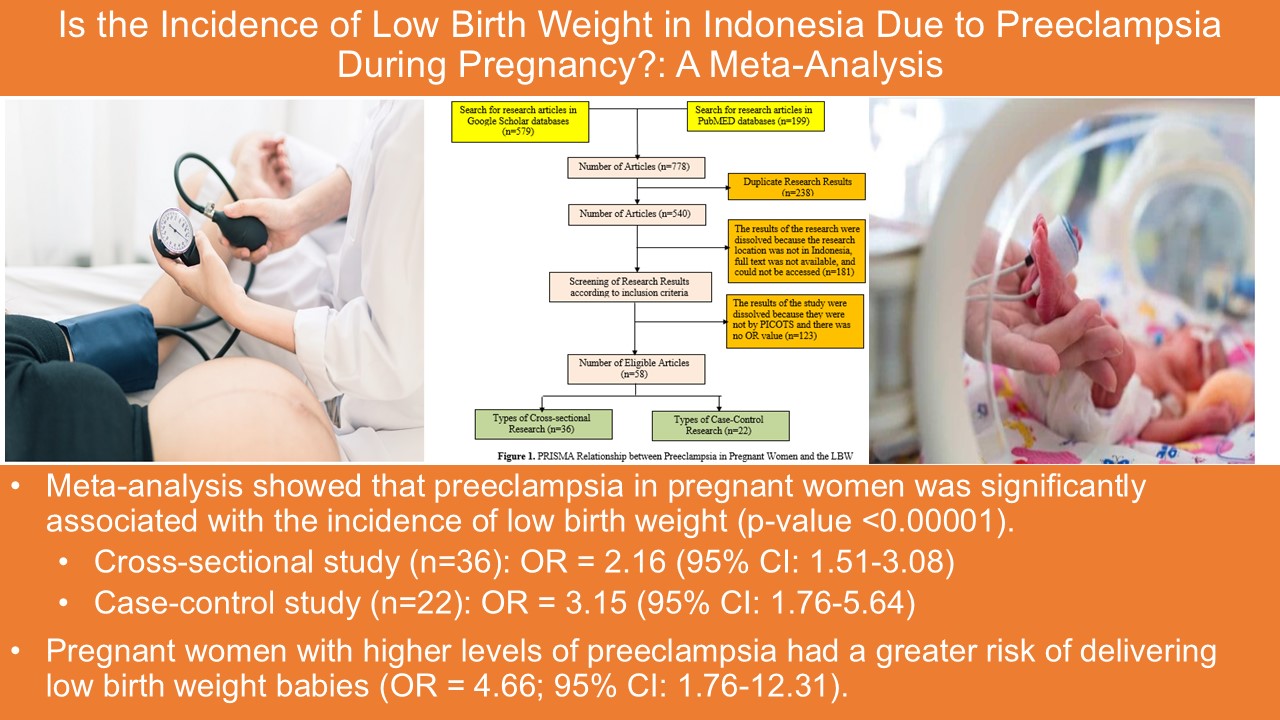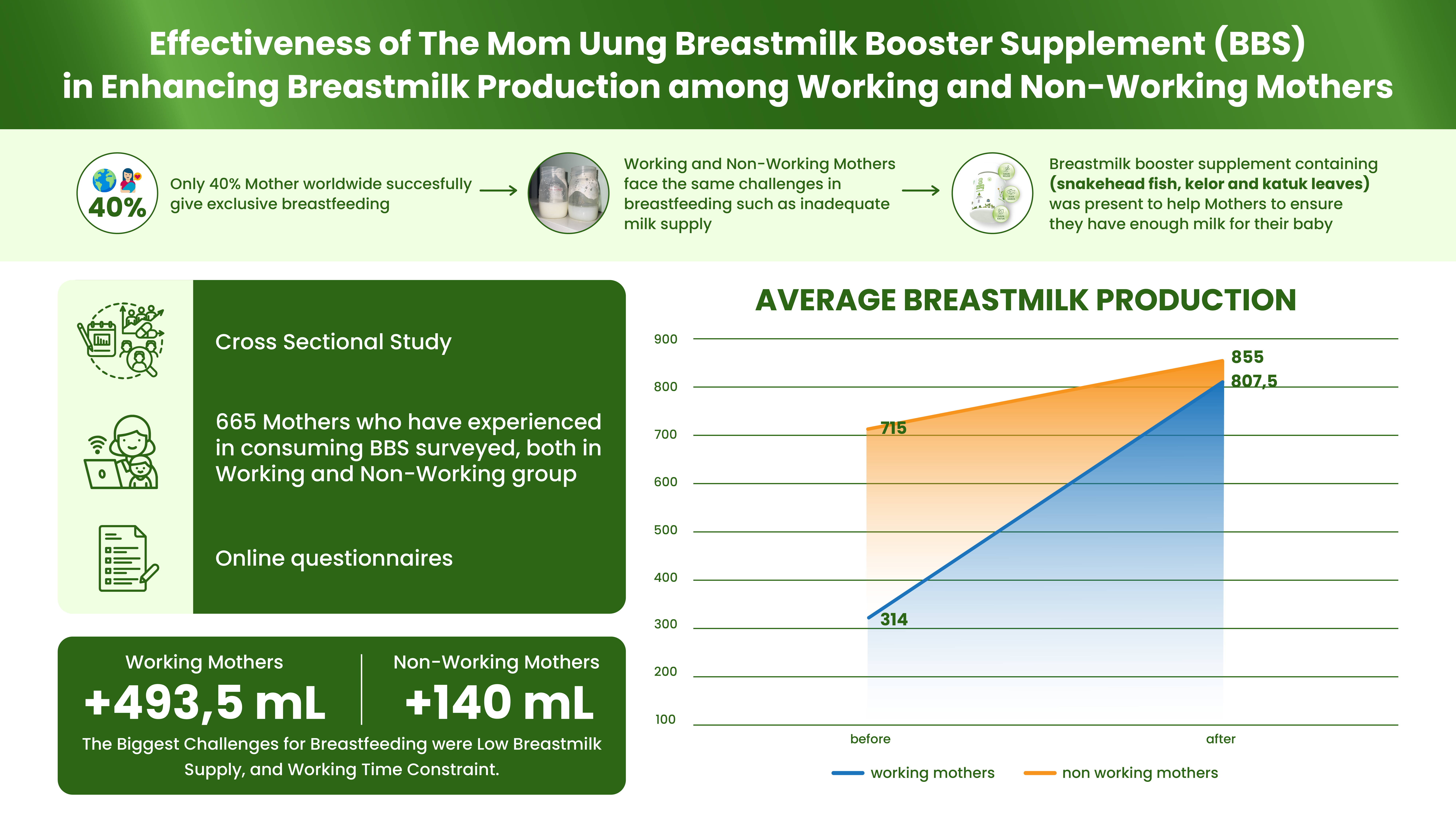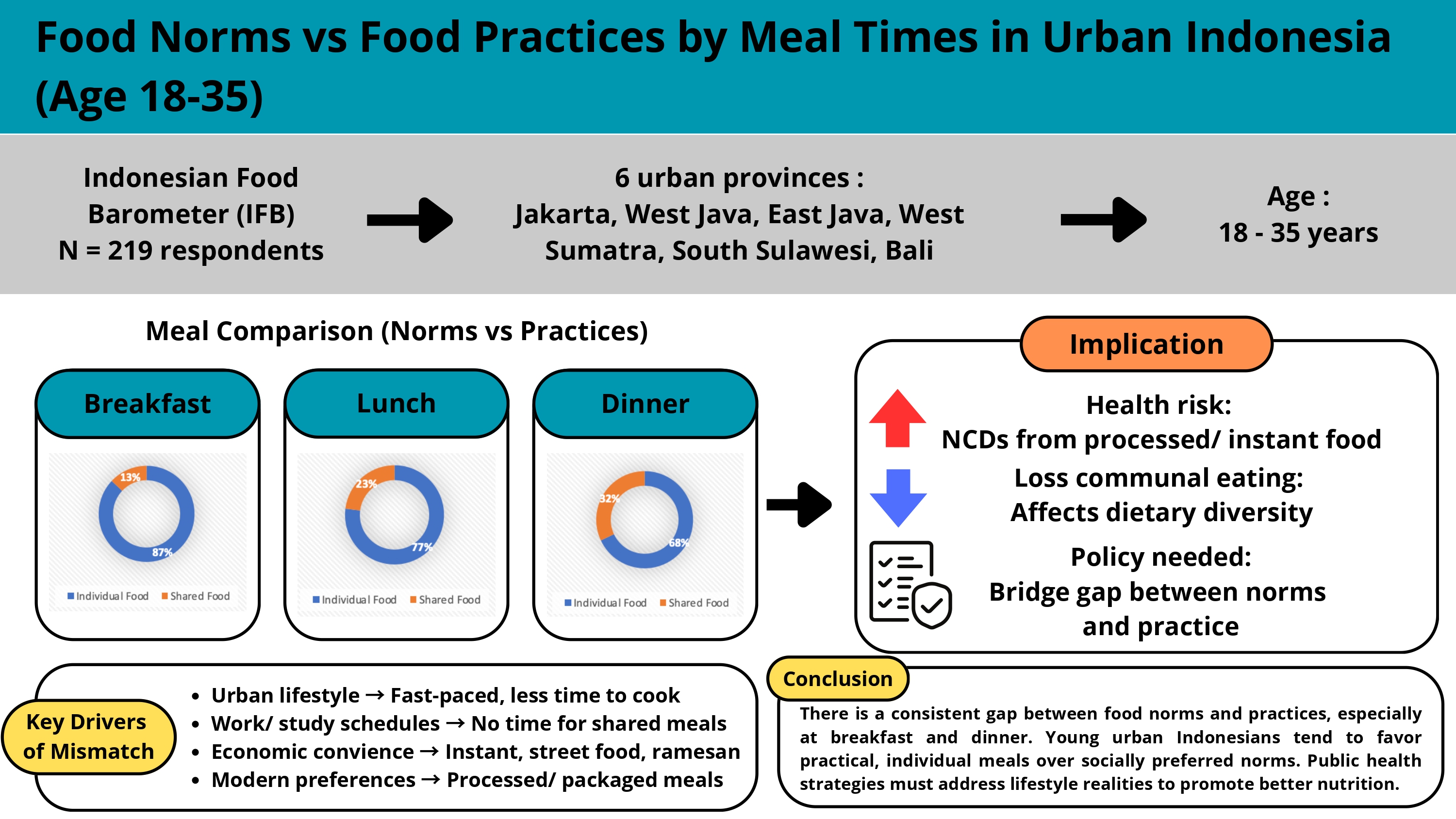FROM SCHOOLBOY INTO FULL-TIME ATHLETE: EXPLORING SLEEPING HABITS AND DIETARY INTAKE OF JUNIOR FOOTBALL PLAYERS IN EAST JAVA

Downloads
Junior football players often encounter difficulties in managing their sleep and dietary patterns. At the same time, they need to balance their time between scheduled school activities and training sessions. This dual responsibility can sometimes make junior athletes susceptible to sleep and dietary issues, potentially affecting their performance. This study aimed to examine the sleep patterns and dietary intake of football players across different age groups at a football club in East Java. We compared the sleep patterns and dietary intake of players in the U18 (n=18), U16 (n=13), and U14 (n=8) categories. Data were collected through interviews using validated questionnaires. Dietary intake was assessed with a semi-quantitative Food Frequency Questionnaire (SQ-FFQ). Sleeping quality and quantity were assessed using structured questionnaire adapted from Pittsburgh Sleeping Quality Index (PSQI). The results showed no statistically significant differences in the quality or quantity of sleep across all groups (p > 0.05). However, a trend suggested that U18 players had slightly better sleep quality and quantity compared to the other groups. In contrast, the U18 group demonstrated significantly lower energy intake than the other groups (p = 0.000). The U16 group exhibited the best energy and nutrient intake among all age categories. In conclusion, older and younger player groups tend to overlook dietary patterns, while their sleep patterns remain relatively consistent.
Ackerman, K. E., Holtzman, B., Cooper, K. M., Flynn, E. F., Bruinvels, G., Tenforde, A. S., Popp, K. L., Simpkin, A. J., & Parziale, A. L. (2019). Low energy availability surrogates correlate with health and performance consequences of Relative Energy Deficiency in Sport. British Journal of Sports Medicine, 53(10), 628–633. https://doi.org/10.1136/bjsports-2017-098958
Amawi, A., Khataybeh, B., Al Aqaili, R., Ababneh, N., Alnimer, L., Qoqazeh, A., Oukal, F., Jahrami, H., Mousa Ay, K., Al Saoud, H., & Ghazzawi, H. (2024). Junior athletes’ nutritional demands: a narrative review of consumption and prevalence of eating disorders. Frontiers in Nutrition,11. https://doi.org/10.3389/fnut.2024.1390204
Barnard, J., Roberts, S., Lastella, M., Aisbett, B., & Condo, D. (2022). The Impact of Dietary Factors on the Sleep of Athletically Trained Populations: A Systematic Review. Nutrients,14(16). https://doi.org/10.3390/nu14163271
Bonnar, D., Bartel, K., Kakoschke, N., & Lang, C. (2018). Sleep Interventions Designed to Improve Athletic Performance and Recovery: A Systematic Review of Current Approaches. Sports Medicine, 48(3), 683–703. https://doi.org/10.1007/s40279-017-0832-x
Bonsembiante, L., Targher, G., & Maffeis, C. (2021). Type 2 diabetes and dietary carbohydrate intake of adolescents and young adults: What is the impact of different choices? Nutrients,13(10). https://doi.org/10.3390/nu13103344
Brown, G. A., Veith, S., Sampson, J. A., Whalan, M., & Fullagar, H. H. K. (2020). Influence of Training Schedules on Objective Measures of Sleep in Adolescent Academy Football Players. www.nsca.com
Burke, T. M., Lisman, P. J., Maguire, K., Skeiky, L., Choynowski, J. J., Ii, V. F. C., Wilder, J. N., Brager, A. J., & Dobrosielski, D. A. (2019). Examination of Sleep and Injury Among College Football Athletes. www.nsca.com
Carter, J. L., Lee, D. J., Ranchordas, M. K., & Cole, M. (2023). Perspectives of the barriers and enablers to nutritional adherence in professional male academy football players. Science and Medicine in Football, 7(4), 394–405. https://doi.org/10.1080/24733938.2022.2123554
Charlton, B. T., Forsyth, S., & Clarke, D. C. (2022). Low Energy Availability and Relative Energy Deficiency in Sport: What Coaches Should Know. International Journal of Sports Science and Coaching, 17(2), 445–460. https://doi.org/10.1177/17479541211054458
Chikih, C., Kekalih, A., Kurniarobbi, J., Vidiawati, D., Menaldi, A., Junaidi, J., & Rahadian, B. (2024). Adaptation of the Oslo Sports Injury and Health Problems Questionnaire to the Bahasa Version and Its Application for Athletes Surveillance. Sport Mont, 22(2), 109–115. https://doi.org/10.26773/smj.240715
Clemente, F. M., Afonso, J., Costa, J., Oliveira, R., Pino-Ortega, J., & Rico-González, M. (2021). Relationships between sleep, athletic and match performance, training load, and injuries: A systematic review of soccer players. Healthcare (Switzerland), 9(7). https://doi.org/10.3390/healthcare9070808
Fältström, A., Skillgate, E., Weiss, N., Källberg, H., Lyberg, V., Waldén, M., Hägglund, M., Asker, M., & Tranaeus, U. (2022). Lifestyle characteristics in adolescent female football players: data from the Karolinska football Injury Cohort. BMC Sports Science, Medicine and Rehabilitation, 14(1). https://doi.org/10.1186/s13102-022-00603-1
Fox, J. L., Scanlan, A. T., Stanton, R., & Sargent, C. (2020). Insufficient Sleep in Young Athletes? Causes, Consequences, and Potential Treatments. Sports Medicine,50(3), 461–470. Springer. https://doi.org/10.1007/s40279-019-01220-8
Gould, R. J., Ridout, A. J., & Newton, J. L. (2021). Relative Energy Deficiency in Sport (RED-S) in Adolescents - A Practical Review. International Journal of Sports Medicine , 44( 4), 236–246. https://doi.org/10.1055/a-1947-3174
Hannon, M. P., Parker, L. J. F., Carney, D. J., McKeown, J., Speakman, J. R., Hambly, C., Drust, B., Unnithan, V. B., Close, G. L., & Morton, J. P. (2021). Energy Requirements of Male Academy Soccer Players from the English Premier League. Medicine and Science in Sports and Exercise, 53(1), 200–210. https://doi.org/10.1249/MSS.0000000000002443
Jenner, S., Belski, R., Devlin, B., Coutts, A., Kempton, T., & Forsyth, A. (2021). A qualitative investigation of factors influencing the dietary intakes of professional Australian football players. International Journal of Environmental Research and Public Health, 18(8). https://doi.org/10.3390/ijerph18084205
Logue, D. M., Madigan, S. M., Melin, A., Delahunt, E., Heinen, M., Mc Donnell, S. J., & Corish, C. A. (2020). Low energy availability in athletes 2020: An updated narrative review of prevalence, risk, within-day energy balance, knowledge, and impact on sports performance. Nutrients , 12 (3). https://doi.org/10.3390/nu12030835
Lolli, L., Bonanno, D., Lopez, E., & Di Salvo, V. (2024). Night-to-night variability of objective sleep outcomes in youth Middle Eastern football players. Sleep Medicine, 117, 193–200. https://doi.org/10.1016/j.sleep.2024.03.023
Lolli, L., Cardinale, M., Lopez, E., Maasar, M. F., Marthinussen, J., Bonanno, D., Gregson, W., & Di Salvo, V. (2021). An objective description of routine sleep habits in elite youth football players from the Middle-East. Sleep Medicine, 80, 96–99. https://doi.org/10.1016/j.sleep.2021.01.029
Macuh, M., Levec, J., Kojić, N., & Knap, B. (2023). Dietary Intake, Body Composition and Performance of Professional Football Athletes in Slovenia. Nutrients, 15(1). https://doi.org/10.3390/nu15010082
Mendes, A. P., Carvalho, P., & Teixeira, V. H. (2017). Nutritional Guidelines for Football Players. In J. Espregueira-Mendes, C. N. van Dijk, P. Neyret, M. Cohen, S.Della Villa, H.Pereira & J. M. Oliveira (Eds.), Injuries and Health Problems in Football (pp. 595–606). Springer Berlin Heidelberg. https://doi.org/10.1007/978-3-662-53924-8_52
Naughton, R. J., Drust, B., O’Boyle, A., Abayomi, J., Mahon, E., Morton, J. P., Davies, I. G., & Building, T. R. (n.d.). Applied Physiology, Nutrition, and Metabolism.
Penggalih, M. H. S. T., Sofro, Z. M., Oktarini, K. S., & Ningrum, R. K. (2021). The correlation between sleep quality and performance in football athlete. Sleep and Biological Rhythms, 19(2), 195–200. https://doi.org/10.1007/s41105-020-00307-4
Romyn, G., Lastella, M., Miller, D. J., Versey, N. G., Roach, G. D., & Sargent, C. (2018). Daytime naps can be used to supplement night-time sleep in athletes. Chronobiology International, 35(6), 865–868. https://doi.org/10.1080/07420528.2018.1466795
Silva, A. C., Amaral, A. S., Guerreiro, R., Silva, A., deMello, M. T., daSilva, S. G., Rechenchosky, L., & Rinaldi, W. (2022). Elite soccer athlete’s sleep: A literature review. Apunts Sports Medicine, 57 (213). https://doi.org/10.1016/j.apunsm.2021.100373
Staśkiewicz, W., Grochowska-Niedworok, E., Zydek, G., Grajek, M., Krupa-Kotara, K., Białek-Dratwa, A., Jaruga-Sękowska, S., Kowalski, O., & Kardas, M. (2023). The Assessment of Body Composition and Nutritional Awareness of Football Players According to Age. Nutrients, 15(3). https://doi.org/10.3390/nu15030705
Stenqvist, T. B., Melin, A. K., & Torstveit, M. K. (2023). Relative Energy Deficiency in Sport (REDs) Indicators in Male Adolescent Endurance Athletes: A 3-Year Longitudinal Study. Nutrients, 15(24). https://doi.org/10.3390/nu15245086
Valente, C. R. M., Marques, C. G., Nakamoto, F. P., Salvalágio, B. R., Lucin, G. A., Velido, L. C. S. B., dos Reis, A. S., Mendes, G. L., Bergamo, M. E., Okada, D. N., D´Angelo, R. A., de Lázari, E. C., & dos Santos Quaresma, M. V. L. (2024). Household food insecurity among child and adolescent athletics practitioners: A cross-sectional, descriptive, and exploratory study. Nutrition, 123. https://doi.org/10.1016/j.nut.2024.112407
Whitworth-Turner, C., Di Michele, R., Muir, I., Gregson, W., & Drust, B. (2017). A shower before bedtime may improve the sleep onset latency of youth soccer players. European Journal of Sport Science, 17(9), 1119–1128. https://doi.org/10.1080/17461391.2017.1346147
Ziegler, A. M., Kasprzak, C. M., Mansouri, T. H., Gregory, A. M., Barich, R. A., Hatzinger, L. A., Leone, L. A., & Temple, J. L. (2021). An Ecological Perspective of Food Choice and Eating Autonomy Among Adolescents. Frontiers in Psychology, 12. https://doi.org/10.3389/fpsyg.2021.654139

This work is licensed under a Creative Commons Attribution-NonCommercial-ShareAlike 4.0 International License.
- MEDIA GIZI INDONESIA Journal is the copyright owner of all materials published on this website.
- The formal legal provisions for access to digital articles of this electronic journal are subject to the terms of the Creative Commons Attribution-NonCommercial-ShareAlike license (CC BY-NC-SA 4.0), which means that MEDIA GIZI INDONESIA Journal and readers reserve the right to save, transmit media / format, manage in database, maintain, and publish articles as long as it continues to include the name of the Author.
- Printed and published print and electronic manuscripts are open access for educational, research and library purposes. In addition to these objectives, the editorial board shall not be liable for violations of copyright law.


2.png)





















